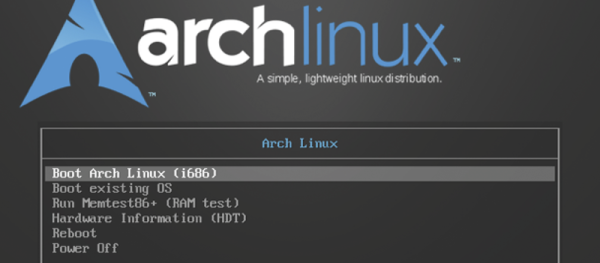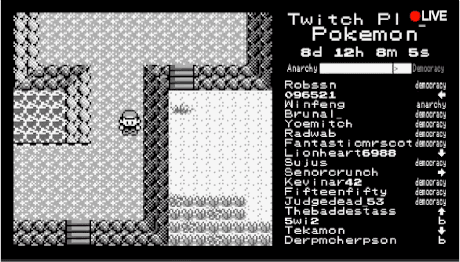Linux is a delightful OS. There are an amazing range of built-in tools, and innumerable others that can be installed from publicly available repositories using just a single line of commands. You can also hose your entire system with just a handful of characters; something that was en vogue as a method of trolling many years ago. Who knows if either of those will get used when Twitch Installs Arch Linux.
Beginning on Saturday morning, a single keyboard will be controlled by thousands of people whose collective goal is to install a Linux distro in a virtual box. There will undoubtedly be thousands of others trying to thwart the process. We were enthralled with Twitch Plays Pokemon last year. Live viewers’ keystrokes were translated to the Game Boy controls and the majority consensus decided the next move. This was insane with just a few controls, but now we’re talking about an entire keyboard.
Every 10 seconds, the most popular keystroke will be chosen. To put this in perspective, the previous sentence would have taken exactly 10 minutes to type, and only if the majority constantly agreed on what the next letter should be. We can’t tell if it’s going to be interesting or boring to participate. But either way, we can’t wait to see what unforeseen happenings shake out of the process.


 Early this year,
Early this year, 










